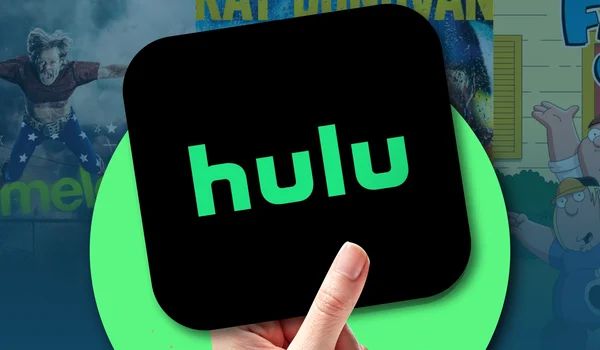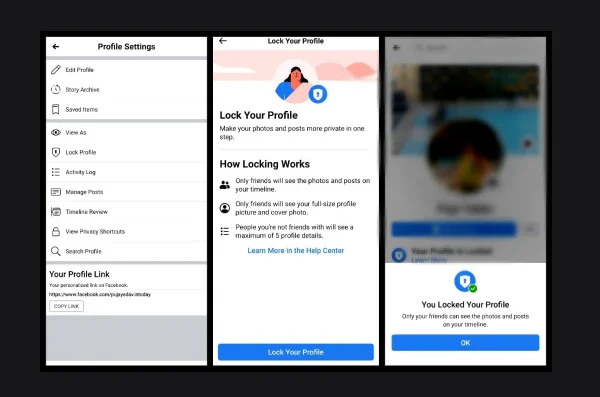As technology marches forward, algorithms increasingly infiltrate even the seemingly subjective realm of design. One area undergoing an algorithmic metamorphosis is typography, raising vital questions about the ethical implications of automating letterform choices. While the efficiency and consistency promised by AI-powered font selection are enticing, we must tread cautiously, ensuring that automated typography doesn’t compromise the human touch and ethical considerations that remain essential in effective communication.
Efficiency vs. Emotion: Can Algorithms Capture the Nuances of Design?
Proponents of algorithmic typography highlight its ability to analyze vast datasets and optimize font choices for specific contexts. For instance, AI tools can assess a website’s target audience and recommend fonts that statistically resonate best with their demographics. This data-driven approach promises increased engagement and conversion rates, tempting businesses seeking streamlined design solutions.
However, relying solely on algorithms risks overlooking the emotional and cultural nuances that often inform effective font choices. Fonts carry inherent personalities and evoke distinct emotions. A playful script font might be perfect for a children’s book, while a stark sans serif might better suit a corporate website. Algorithmic solutions, while adept at analyzing data, can struggle to capture these subtle emotional cues, potentially creating typographic landscapes devoid of personality and resonance.
Bias on the Byte Level: Algorithmic Discrimination in Font Selection
The potential for bias, a ubiquitous plague in the age of AI, threatens to infiltrate the domain of algorithmic typography. Datasets utilized by AI tools might inherently favor certain cultural or economic demographics, leading to inadvertently discriminatory font recommendations. For example, an algorithm trained on primarily Western data might struggle to recommend appropriate fonts for languages with different writing systems, potentially marginalizing cultural minorities.
Therefore, a crucial ethical responsibility lies with the developers and users of algorithmic typography tools. Constant vigilance, diverse data sets, and robust testing mechanisms are essential to mitigate the risk of biased recommendations. Transparency and explainability in algorithm design are also vital, allowing users to understand the reasoning behind proposed font choices and make informed decisions based not just on data, but also on ethical considerations.
Human in the Loop: Collaboration, not Replacement
The future of typography likely lies not in the full automation of font selection, but in a delicate dance between human expertise and algorithmic efficiency. AI tools can serve as powerful assistants, analyzing data and suggesting diverse font options. However, the final decision should rest with human designers, who can leverage their experience and knowledge of context, audience, and brand identity to make informed, ethically sound choices.
This collaborative approach marries the analytical strengths of AI with the humanistic sensitivity of human designers. It allows for optimal efficiency while ensuring that font choices remain grounded in ethical considerations and resonate with the audience’s emotional and cultural nuances.
Beyond Aesthetics: Weaving Ethics into the Fabric of Font Selection
As we embrace the possibilities of algorithmic typography, let us remember that fonts are not mere aesthetic choices. They are powerful tools that shape communication, transmit emotions, and influence cultural perception. Therefore, prioritizing ethics in algorithmic font selection is not just a technical challenge, but a moral imperative. By ensuring human oversight, mitigating bias, and prioritizing empathy, we can ensure that fonts, even when chosen by algorithms, continue to serve as bridges of communication, not instruments of discrimination or emotional disconnect.
The ethical landscape of algorithmic typography is still under construction, and responsible exploration is crucial. Let us approach this new frontier with curiosity, caution, and a commitment to weaving ethics into the very fabric of our technological advancements, ensuring that the future of font selection remains not just efficient, but also humane and resonant with the values we hold dear.
This piece offers a critical perspective on the emerging field of algorithmic typography, balancing the potential benefits with the ethical considerations that demand attention. I hope it encourages responsible innovation and sparks conversations about the role of ethics in shaping the future of typography in a technology-driven world.





